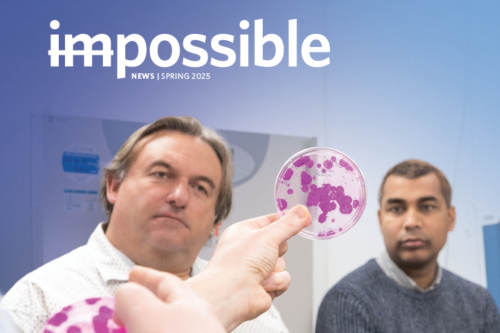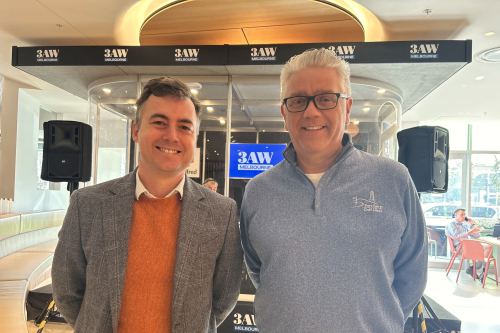A new way of communicating in the ICU

A new technology is having an immediate effect on patients’ wellbeing at The Alfred. The Grid Pad 12 with Eye Gaze technology allows patients who are unable to communicate verbally a method to do so.
The purchase of the machine was a long-term project for the Neurology team at The Alfred, which will primarily help patients who may not be able to speak, either through paralysis or a brain injury.
The Eye Gaze has been used across Alfred Health, including the Intensive Care Unit, on the wards and at Caulfield Hospital. It provides high precision and accurate eye tracking for patients with an inability to verbally communicate.
This allows patients to communicate the most basic needs that we take for granted.
Kate Lawlor, Speech Pathology Manager at The Alfred, said it was “an incredible piece of equipment”.
“In the past, speech pathologists have developed boards, or pieces of laminated paper with which we ask patients to show us what they are feeling, point to where they are in pain and a scale of how significant the pain is,” she said.
“We also have a group of patients who are unable to use their upper limbs, so they are very restricted. This piece of technology allows patients to access communication through eye-gaze technology. They can look at a series of pictures on a computer screen, and it tracks where their eyes are looking and they can tell us what it is they need through predictive text or images.”
The resulting impact of the machine on patients’ mental wellbeing, and that of their families, was almost as significant as the ability to communicate itself, Kate said.

“Often these patients have no way of telling their families that they love them, or have an ability to participate in their care while in hospital,” she said.
“Communication is absolutely essential to who we are as people and, when you lose that ability, having something give that back to you, even in a small form, it is so empowering.”
The Grid Pad was funded primarily by the Angior Family Foundation.
“We were so lucky that The Alfred Foundation secured funding for that piece of equipment,” Kate said.
The technology also allows for greater flexibility in use than just communication. For example, the eye-gaze technology allows patients to independently turn on the light or TV, watch YouTube or turn on fans if they are uncomfortable.
“The patient and family feedback … is just so incredible. It gives them a glimmer of hope that the patient can communicate or participate in their care,” Kate said.
A patient in The Alfred ICU, Jane O’Brien, described while using the technology that having the device was “life-changing”.
“It has allowed communication with loved ones, being able to join in conversation,” she wrote.
“Thank you for making such a difference to me. It is helping me recover, especially from a wellbeing, mental health perspective.”


